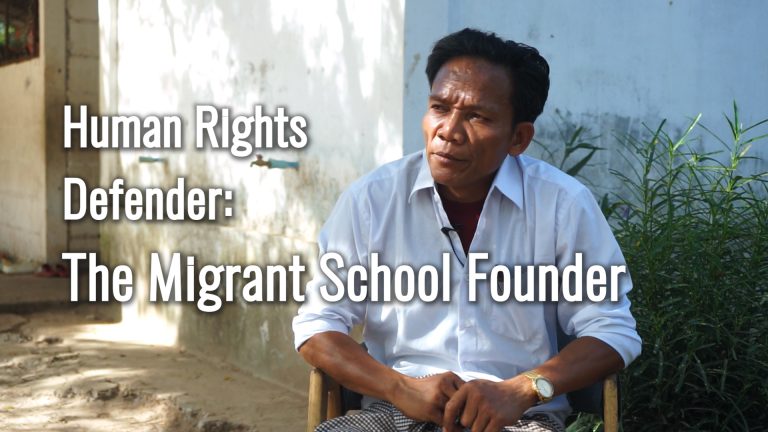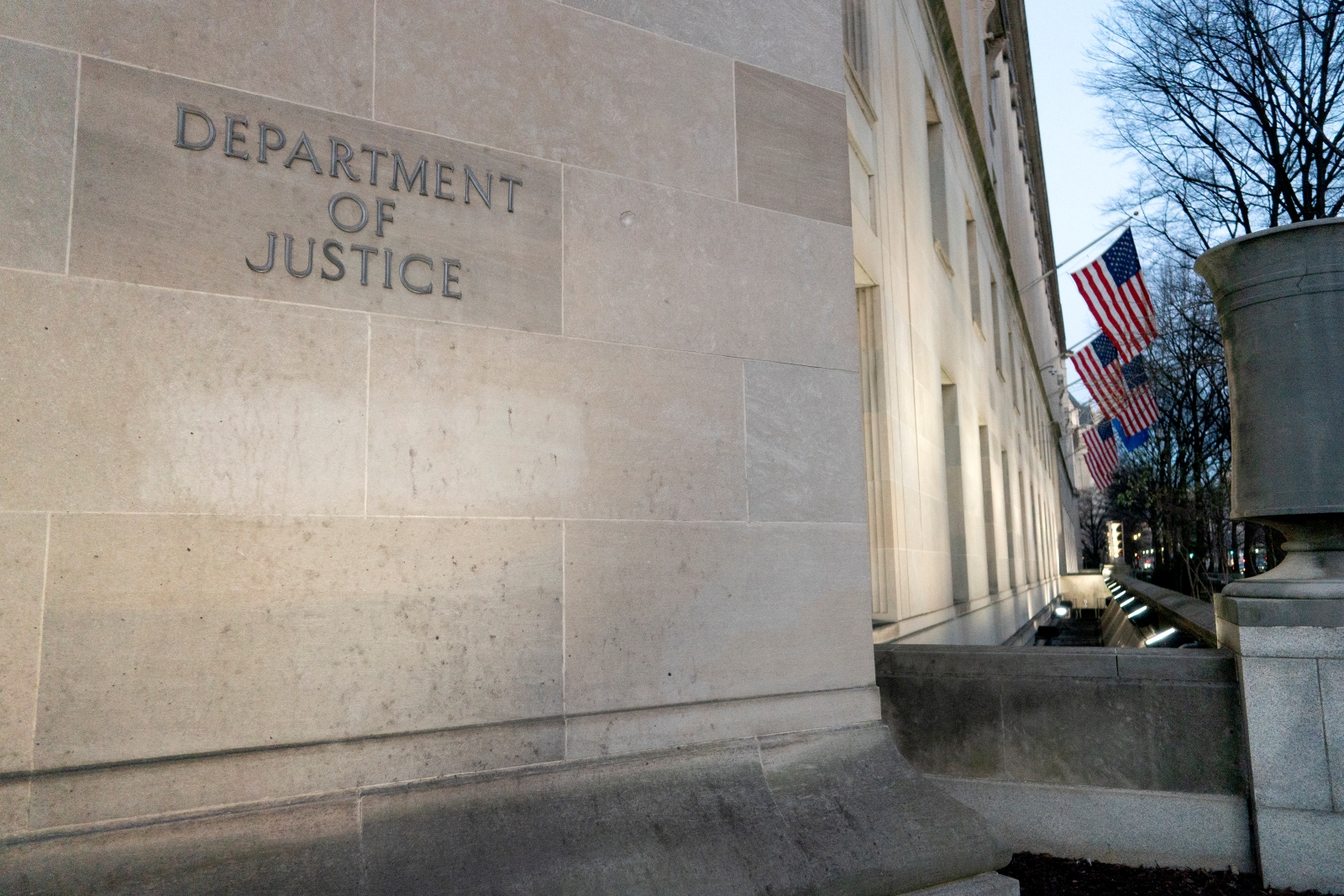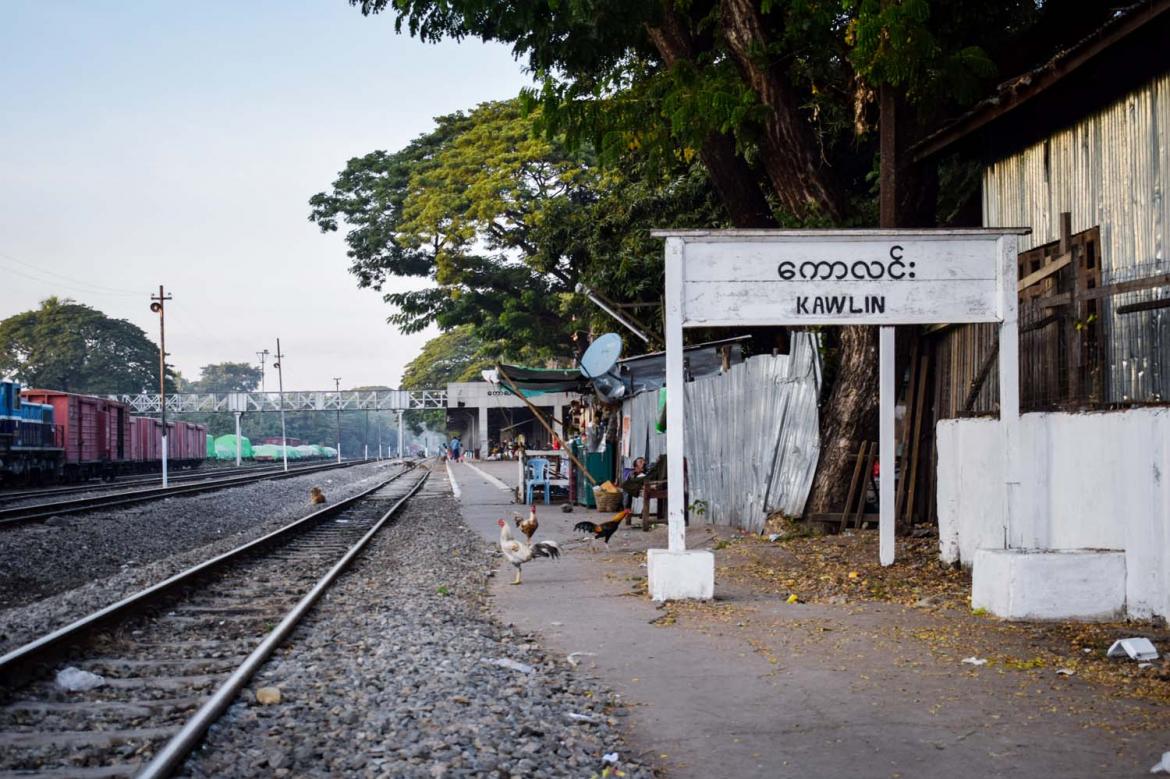OPINION
Small groups of women and youth have taught civilians and resistance fighters across Myanmar’s Dry Zone about the principles of humane resistance, but they badly need support to continue their work.
By CIELO | FRONTIER
An audience of men holding guns sits in the shade of a large rain tree, while a group of young women deliver a lecture and chalk notes on a blackboard. The weather is clear, with a chance of air strikes, and the women are talking about democracy, federalism and the protection of civilians during conflict under international humanitarian law.
Few would picture this scene when they think of the conflict that has ravaged Myanmar’s central Dry Zone, also known as Anyar, since the 2021 military coup. The men are resistance soldiers fighting to topple the military regime, but on that day they had set aside time to hear the women speak.
These women and other, similar groups of women and youth of both sexes, have since early last year been educating resistance fighters and ordinary civilians in Anyar on the principles that ought to guide the struggle against military rule. I have interviewed several of these groups in the course of recent travels, and they claim they have received no funding or technical assistance from any Myanmar or international organisation.
In the early days following the coup, these women and youth organised protests and strikes in the Anyar regions of Sagaing, Magway and Mandalay. When the military began to crack down on dissent and armed conflict spread, they also got involved in humanitarian relief. However, the publication of the Federal Democracy Charter on March 31, 2021, highlighted another need, for grassroots political and civic education at a time of revolution.
The charter, written by the National Unity Consultative Council – a resistance body made up of diverse ethnic and political groups – departs from the military-drafted 2008 Constitution by granting sovereignty and self-determination to the various states of the Union. The women and youth knew that while these federal principles were essential to sustaining a nationwide, multi-ethnic struggle, they were little understood in Anyar, as elsewhere in Myanmar.
The “subsidiary principle” championed in the same charter devolves power to the “government level closest to the people”, meaning the people of Anyar could have much to gain from federalism. Despite most of its residents belonging to Myanmar’s majority ethnic group, the Bamar, Anyar is remote from Myanmar’s power centres and has been left poor and undeveloped by the country’s highly centralised state. But for Anyar’s people to see this potential, a lot of hard education work needed to be done.
Many of the women and youth have backgrounds in student and community activism, and they started by giving public talks with the heading, “Why federalism, why revolution and how revolution.” They also provided news updates to communities in the many areas where the junta has cut internet access.
“We began under big trees, sharing messages to the public,” said Ma Aye Myint Aung Aung, a leading member of the Women Alliance Burma, a group that emerged from the post-coup protests. “After seeing the positive response and receiving encouragement, we were eager to share the concepts of democracy, federalism, human rights, the chain-of-command and civilian protection to our yebaws [comrades] in the PDFs.”
This was at a time when the armed resistance was far less organised, with disparate People’s Defence Forces retaliating against the military with homemade Tumi rifles and improvised bombs. However, the National Unity Government, the body charged with implementing the goals of the federal charter, was trying to establish a chain of command and provided the women and youth groups with a letter of authorisation to train PDFs.
The NUG provided no further assistance, however, even in the form of coordination with troops on the ground or advice on their training needs. So, as well as spending their own money on travel and teaching materials, the women and youth had to independently assess PDFs’ existing knowledge, design suitable curricula and plot their journey from group to group.
Before the coup, it was enjoyable to travel to the Sagaing towns of Monywa or Shwebo. You could visit historic sites, eat local delicacies and experience the region’s busy calendar of festivals. But travelling in the aftermath of the military takeover, the women and youth were entering a war zone. On their journeys they had to bypass checkpoints manned by soldiers who are liable to kill anyone suspected of involvement in the resistance.
Beginning with the PDFs closest to where they live, last year they covered most of Sagaing’s 34 townships as well as some in Mandalay and Magway regions, travelling by boat, motorbike and on foot. Even with the NUG letter in hand, they had to negotiate access with each new group. Under large trees, or in huts and other makeshift buildings that usually lacked electricity, they put up their own blackboards, flipcharts and brochures and delivered courses that mixed important lessons with songs, revolutionary films and other forms of entertainment – a method that they call Revotainment.
Both the ordinary members of the public and resistance fighters they encountered were open-minded and willing to learn about democracy, federalism and human rights. Although overwhelmingly men and from traditional backgrounds, PDF fighters and officers of all ranks treated the women instructors with respect and attended the sessions in full.
Nonetheless, the fighters clearly felt more comfortable speaking to fellow men in public, and this sometimes inhibited open debate. While the decade before the coup saw international donors fund civic education initiatives that promoted gender equality, these programmes largely failed to reach rural areas of Anyar. This makes the activities of these women’s groups especially radical, and an indication of how the revolutionary struggle is challenging traditional gender norms.
But in cases where fighters were more eager to talk, they often asked questions about the practical challenges they were facing, which the women and youth were not always in a position to answer as third-party educators. These practical challenges included a lack of funding and arms, as well as disagreements and conflict between resistance groups that result from a still-weak chain of command.
The women and youth groups are also short on funds, meaning they can’t meet the transport and other costs of expanding to new townships. Moreover, due to limited internet access, they have few opportunities to expand and update their knowledge and devise new training material.
The groups have been largely dormant for the last few months, due to the rainy season and ramped-up military offensives, but they are eager to resume and would welcome any external assistance, including from international donors and non-government organisations. This could take the form of training materials, technical support, coaching on conflict-sensitivity and financial aid.
These youth and women are doing important frontline work, but of a kind that gets far less attention than military operations and humanitarian assistance. Their work helps to protect and empower civilians, and to keep resistance fighters accountable to the ideals of democracy, federalism and humane resistance. Given the material constraints and the risks they face, they have already made great strides towards these goals. Imagine what they could achieve with greater support.
Cielo is the pseudonym of a political and conflict analyst from Myanmar with expertise on peace, youth, security and minority rights.







